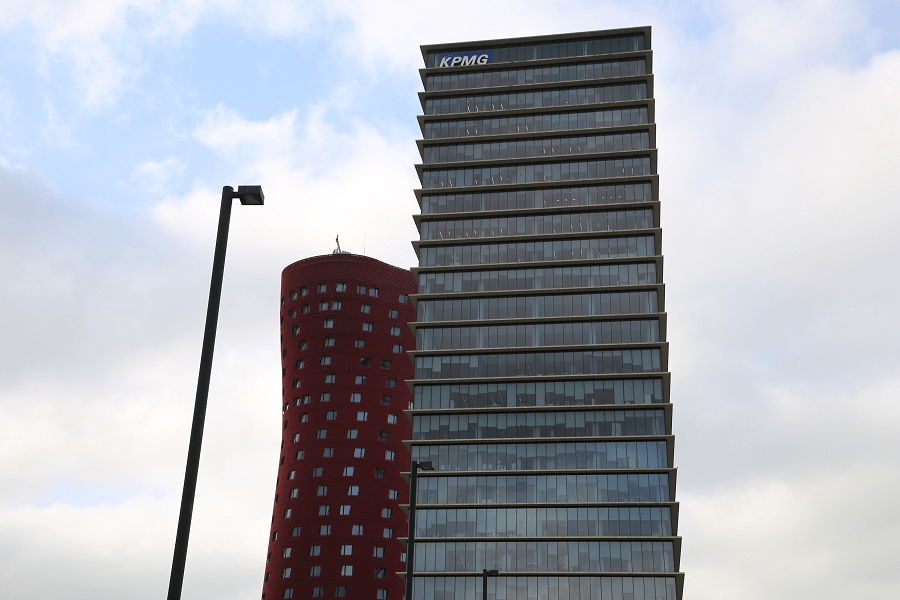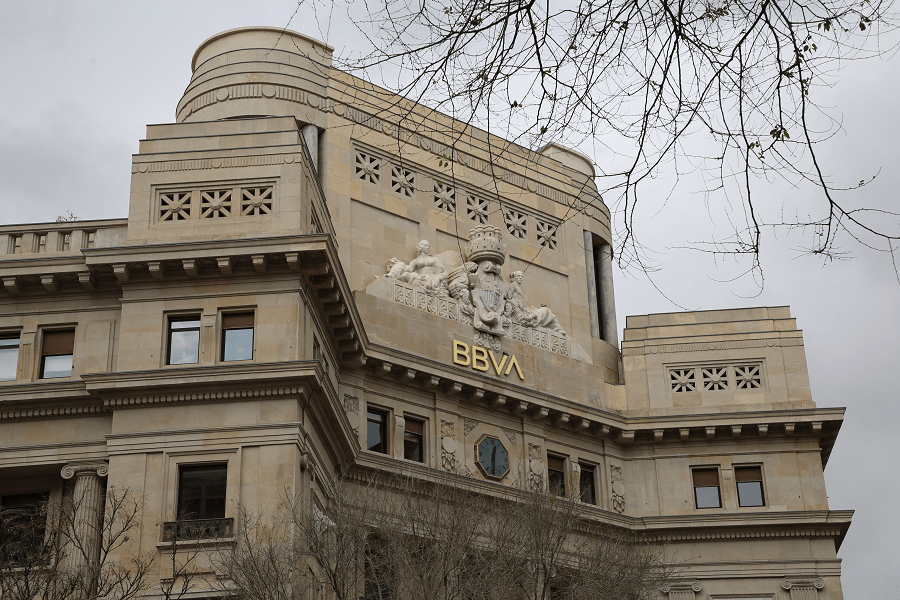Barcelona has long been an industrial city. Businesses have now moved to the outskirts, transforming old industrial areas into residential and high value-added service areas. The most representative industries in Barcelona are the textile, chemical, pharmaceutical, automotive, electronics, medical and printing industries. In the service sector, Barcelona stands out for its logistics, publishing and IT activities.
Fira de Barcelona organizes numerous exhibitions and shows, some of which are among the first in Europe, making it one of the most important exhibitions in the world and one of the most modern in Europe, with over three million visitors annually. On the other hand, the city has several conference facilities that host numerous national and international events of the highest level throughout the year.
Thanks to the continued economic growth of Barcelona, the city has been better able to cope with various crises. This is due to the strength of the Catalan entrepreneurial movement, the constant renewal of infrastructure and the confidence of foreign investment in Catalonia in general and in Barcelona in particular.
Barcelona had to face the policy of decentralizing various Spanish governments, which preferred Madrid as the center of political and economic decisions, with the transfer of headquarters from Barcelona to the Spanish capital.
According to research by the consulting firm PricewaterhouseCoopers, Barcelona is the 35th city with the highest GDP (118,220 million euros in 2008, up 2% over the previous year); while Madrid ranks 26th with a GDP of 153.620 million euros.
The Spanish National Supercomputer Center with the MareNostrum supercomputer is located in Barcelona.
Barcelona also faced serious industrial migration problems due to the relocation of industry to countries with cheaper labor; the problem is aggravated by the scarcity and high cost of industrial land in the metropolis, one of the most expensive in Europe. However, Barcelona accounts for a fifth of all Spanish exports.
According to the Barcelona Chamber of Commerce, the city’s economy grew by 3.5% in 2006, the highest in the last five years, albeit below the Spanish average of 3.8%.
Barcelona was the 38th most expensive city in the world in 2009, according to a study by the consulting firm Mercer.
The economy of Barcelona has moved from an industrial base to a tertiary one in one century, with a special and progressive development of tourism since the last decade of the twentieth century. Visitor growth has accelerated in recent years, in line with the increase in tourist numbers in the rest of Catalonia, from 5.65 million in 2005 (25.24 million in Catalonia) to 8.30 million in 2019 (30.22 million in Catalonia ).
Barcelona city budget data for 2018 (Amounts in millions of euros are shown in the European System of Accounts (SEC):
(+) Operating income 2,572
(-) Operating expenses 2,177
(=) Gross Savings 396
% gross savings / current income 15.4%
Capital result
(+) Capital income 33
(-) Capital expenditures 421
(=) Capital surplus / deficit -388
Annual Result (Potential / Funding Needs (CNF)
Current Result + Capital Result 7.7
Sources of funding CNF
(+) Income from financial capital 54
(-) Finance capital costs 66
(=) Net financial transactions -11.7
Annual financing surplus / deficit -8
Debt
Debt until 31/12 836
% Debt / Current Profit 33%
Source: Ajuntament Barcelona












